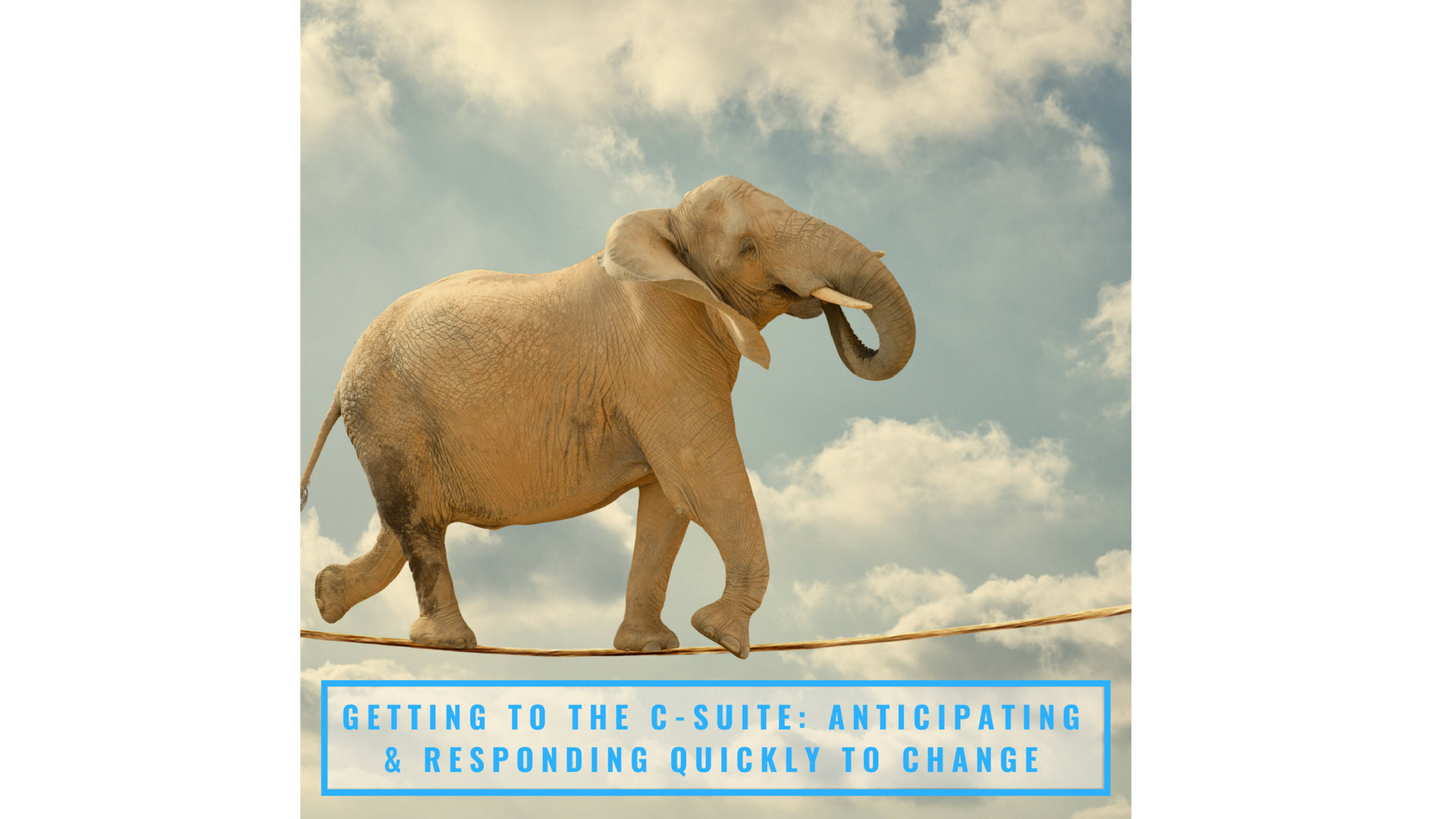By Gail Angelo
Effective leaders in the C-suite demonstrate situational, mental, and emotional agility. Agility is required because change will continue to occur at lightning speed, with increasingly intricate and nuanced considerations.
Agility is the willingness and ability to anticipate and explore the best approach to growing changes in a variety of environments. Agile leaders are proactive – they reflect, take action to reduce risk, and make the most of opportunities in what will inevitably become the new normal—for now.
Agile leaders are exceptional at adapting to new situations, new information, and differing interpersonal styles. They are flexible in their thinking and in tapping diverse groups of talent for more impactful results. They have learned to apply insights from past learnings to current and future scenarios.
Renowned leadership expert Marshall Goldsmith said, “One of the most important qualities for the leader of the future is agility. Given our rapidly changing economy and world, leaders have to be quick, agile learners. They need to learn from all of their key stakeholders and be able to change course based upon what they are learning. In short, how we lead yesterday may not be sufficient today.”
These steps will strengthen your agility:
- Take risks in speaking up about changes you see on the horizon.
- Promote innovation and creativity in problem solving or opportunity generation.
- Influence a culture of broader exploration and risk, and empower others to do the same.
- Maintain an insatiable level of curiosity.
Different times call for different measures. And your expertise will not be enough – you must be able, willing, and eager to exercise game-changing agility in the face of radical and rapid change.





